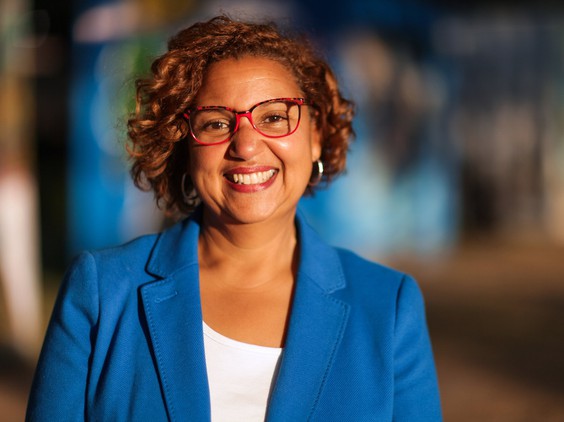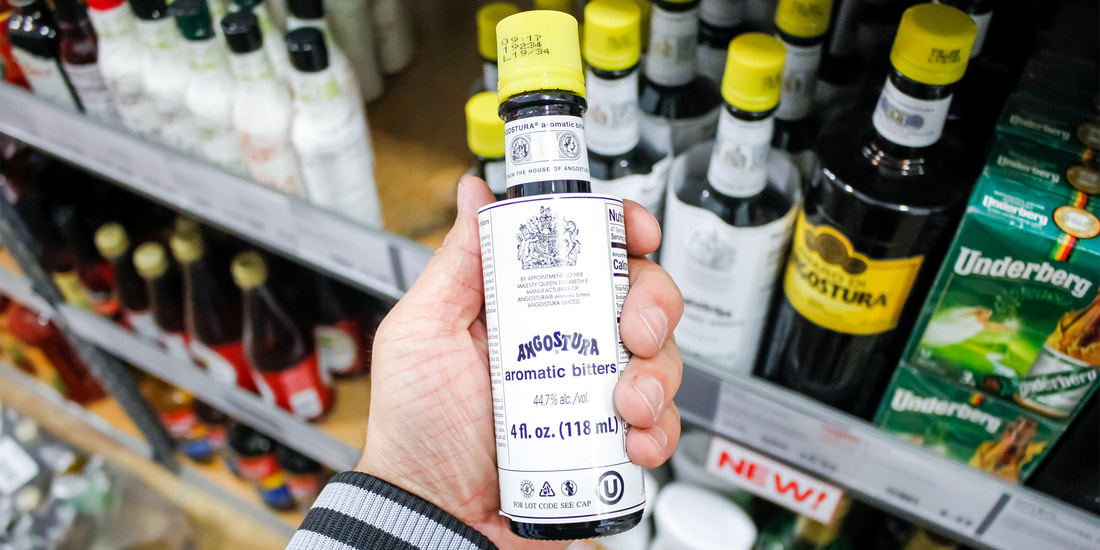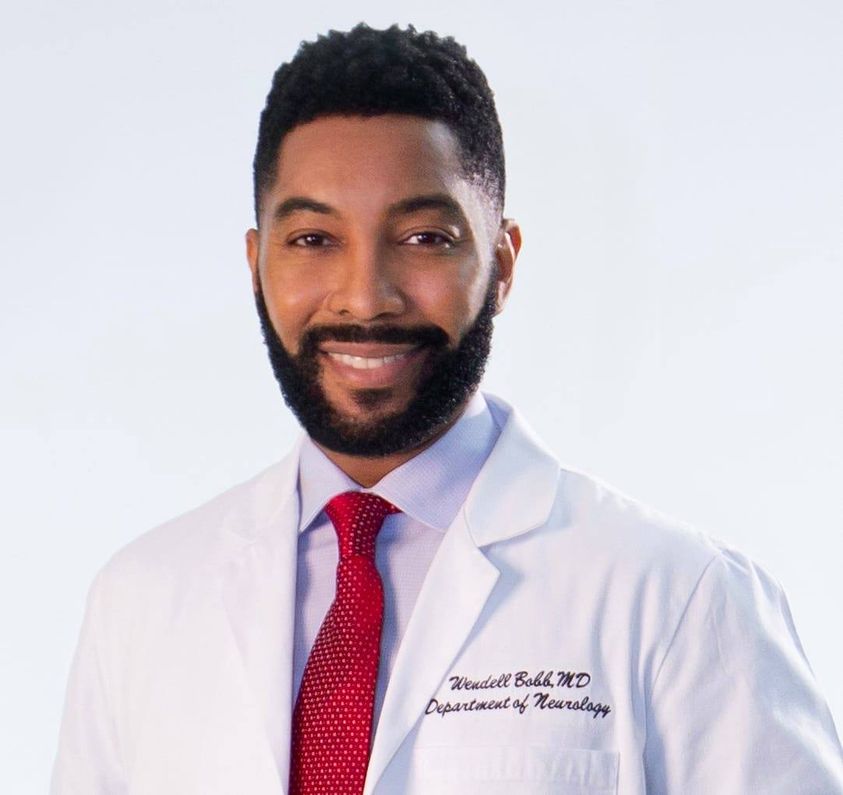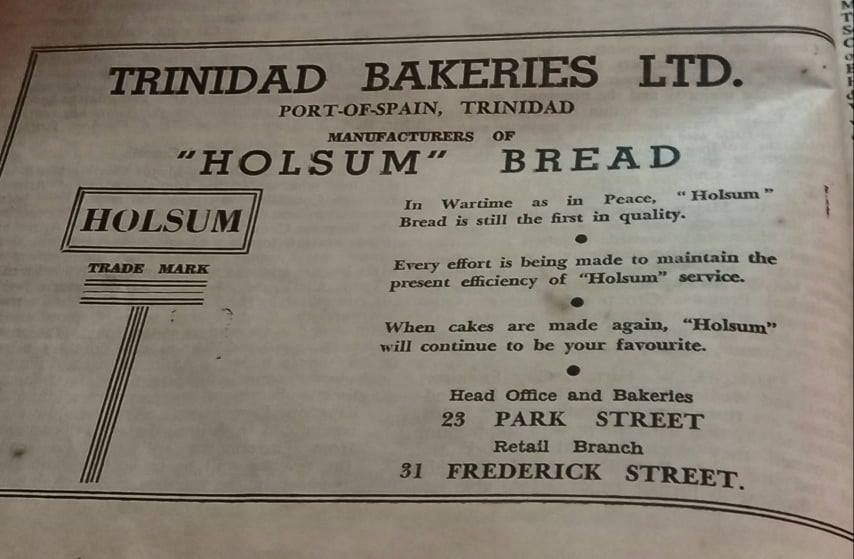|
Ms Clement is one of 3 people appointed to the Senate by the Prime Minister on Tuesday. She is the daughter of a Trini immigrant, Hubert Clement (who is just shy of his 100th birthday). Mr. Clement was a longtime teacher at Montreal’s Marymount high school where he met Bernadette’s mother, a Franco-Manitoban teacher with the name Euphrasie (from the Greek for “good cheer”). Bernadette grew up in the city’s Côte-St-Luc area with a brother and sister.
The following is the announcement made by the PM on Tuesday:Bernadette Clement is a lawyer and politician, who has served as Mayor of Cornwall, Ontario, since 2018. Ms. Clement was the first woman to be elected as Mayor of Cornwall and the first Black woman to serve as a mayor in Ontario. Prior to this, she served three terms as city councillor. She is very proud of the fact that her mother, who passed away in 2021, grew up in Manitoba as a Francophone and her father, who is a few months shy of 100 years young, grew up in Trinidad, and that she reflects both Canada’s diversity as well as its linguistic duality. In 1991, after being called to the Bar of Ontario, Ms. Clement started her legal career with the non-profit corporation Roy McMurtry Legal Clinic, where she still works today. She worked as a lawyer, before serving as Deputy Director for 16 years. She has been the Executive Director since 2017 and, in this role, she continues to practise law focused on representing injured workers and has been an ardent advocate for those less privileged in society. She also taught Ethics and Legalities to health care students part-time at St. Lawrence College from 2001 to 2005. She is a member of the Association des juristes d’expression française de l’Ontario and the Stormont, Dundas & Glengarry Law Association. Along with her participation on numerous Cornwall City Council committees, including the St. Lawrence River Institute, Ms. Clement has been active in her community. She has been co-chairing the Race Equity Advisory Committee for the Association of Community Legal Clinics of Ontario since 2020, and served as member and Chair of the Maison Baldwin House, a women's shelter, for approximately 15 years. She also volunteered with the Kinsmen Community Residence and the Cornwall and District Immigrant Services Agency, and was a member and the Chair, for over 20 years, of Inspire Community Support Services, a counselling agency providing support for families and persons with disabilities. Ms. Clement is a recipient of a Cornwall District and Labour Council award for outstanding service to injured workers and a Legal Aid Ontario GEM award for outstanding achievement. Angostura, a brand that’s practically synonymous with the cocktail bitters category, is a mainstay on the shelves of everyone from top bartenders to home mixologists around the globe. The bitters brand has been around since 1824 and is a regular feature in popular cocktails like the Old Fashioned, Manhattan, the Vieux Carré, and of course the Angostura Sour. But while the Angostura name is instantly recognizable, there’s a level of mystery surrounding the brand. First, the bitters recipe is an old family secret. In fact, only five living people know it — all of whom have agreed to preserve the secret. But it’s not just the contents inside an Angostura bottle that have long confounded drink lovers. The brand’s oversized label makes it stand out on the shelf and has long been a source of confusion for consumers. There’s a reason for that: It initially began as a mistake. When the brand’s founder, Dr. Johann Siegert, died in 1870, he passed the family business along to his sons Carlos, Luis, and Alfredo. The Siegert brothers decided to enter a competition to get their brand some press, and decided to do a rebrand. One brother designed the new bottle, while another brother designed the new label. The problem? Neither thought to consult the other about how to size them. By the time they realized that the label was too large for the bottle, it was too late to start over; they entered the competition anyway, oversized label and all. Though the Siegerts ended up losing the competition, one judge advised the brothers to keep the design exactly as it was. This, the judge said, would ensure that Angostura bitters would always stand out against the competition (who else would make the same silly mistake?). The Siegerts did just that. To this day, a century and a half later, the label on every Angostura bitters bottle is just a little too large, sticking up around the neck of the bottle. And while this has helped the brand maintain its uniqueness, it has also inspired some copycats. Brands like Forest Floor Foods, Fee Brothers, San Francisco Bitters Collection, and Underberg all produce bottles with oversized labels not unlike that of Angostura. This may simply be a classic case of imitation, or perhaps Angostura — a brand that’s been around a bit longer and is arguably more popular than the aforementioned brands — has influenced the bitters space so much that consumers now associate the entire category with having a large label. Either way, while Angostura started the trend, its large label is no longer one of a kind on today’s market. Unlike most of its imitators, however, Angostura uses its packaging mistake to its advantage; with all that extra label space, the brand provides useful information to its customers. In tiny blue lettering, Angostura’s labels detail the brand’s history, and contain Dr. Johann Siegert’s signature, a product description, product ingredients, and more — some of which is written in multiple languages. Angostura sure does know how to make a bitter situation into something sweet. Source: Katie Brown, Vinepair.com TRIBUTE TO PROMINENT LABOUR LEADER
ALBERT MARIA GOMES In Trinidad and Tobago many people tend to associate Labour Day Celebrations with one man “ TUBAL URIAH BUTLER” , but he was only one of the Labour Leaders in our country. Today the ABVMOTT recognizes the contribution of Albert Maria Gomes for his contribution towards the trade union movement. Gomes played a significant part in the establishment of the development of Unionism in T& T . It's a sad day when we only pay tribute to a few of our labour leaders forgetting that there were other individuals also made significant contributions to our country's development. Who was ALBERT MARIA GOMES (1911-1978) and what were his contributions towards the labour movement in T & T? Albert Maria Gomes of Portuguese descent was born in Belmont, Port of Spain, Trinidad. Ever since 1930s he was an active trade union leader. In fact he wore many hats .He was a unionist, politician, and was the first Chief Minister of Trinidad and Tobago. He was the founder of the Political Progress Groups and later led the Party of Political Progress Groups. He was active in the formation of the Democratic Labour Party(DLP) in Trinidad and Tobago In the 1930s, Gomes demanded workers’ rights, more pay, and criticised the colonial power structure with revolutionary arguments. During the 1940s, Gomes was elected the President of the Federated Workers Trade Union (FWTU) working together with Quintin O'Connor as the Secretary he and his team were successful in building up the FWTU a movement which played a critical role in the establishment of unionism in Trinidad and Tobago. In 1938 Albert Gomes was elected into the Port-of-Spain City Council in 1938, in which he served for nine years. In 1945, he was furrher elected as a member of the Legislative Council, and made a member of the Executive Council in 1946. From 1950 to 1956, Gomes was re-elected to the Legislative Council and served as the pre-Independence Minister of Labour, Industry and Commerce. He was leader of the conservative Party of Political Progress Groups (POPPG). From 1958, he served as a member of the West Indies Federal House of Representatives, which dissolved with the break-down of the Federation in 1962. When the POPPG was defeated by the only nine-month old People’s National Movement (PNM) in the 1956 election by winning 13 out of the 24 seats (that is, 1,458 votes more than the POPPG), Gomes took the defeat very hard and left Trinidad to live in England. WE SALUTE YOU ALBERT MARIA GOMES, PATRIOT AND SON OF THE SOIL FOR YOUR CONTRIBUTIONS TOWARDS THE ESTABLISHMENT OF UNIONISM IN T & T. Credit to sources “THE PORTUGUESE OF TRINIDAD & TOBAGO and WHO, WHAT, WHY , Trinidad 1950 and the Virtual Museum of Trinidad and Tobago. At a certain point in their careers, most artists born in places far from the traditional art world capitals have to confront a question: Should they stay in their home countries, or move to Europe or the United States in hopes of landing on the art-world map?
Che Lovelace has witnessed plenty of artists opt for the latter in his decades as a staple of the Port of Spain, Trinidad, art scene. He gets it. “A decade or two ago, Trinidad would have felt isolated,” he tells me over Zoom. “Being somewhere far from the centers of art has always been part of the challenge of living here, which I feel is my place and where I want to work from.” For artists like Lovelace, there’s a rare upside to the pandemic: The rise of Zoom and Instagram and the decline of travel have helped level the playing field. “This increasingly digital era has made it possible to interact with the world and be part of a larger conversation—to contribute from this vantage point,” he says. Case in point: the exhibition of brightly colored, vibrant paintings he just opened at the pace-setting Los Angeles gallery Various Small Fires, which marks his second-ever solo showing in the U.S. In any other year, Lovelace wouldn't have been available the afternoon of our virtual studio visit. He would've been deep in the food, music, and dance of Trinidad's traditional week of Carnival. Maybe more than any other part of pre-Covid Trinidadian life, it's Carnival that Lovelace misses the most. At this point, Mas, as locals call the celebration, has influenced him so profoundly that it's become essential to his work. There’s a core cast of characters to be found at Mas, portrayed by participants known as masqueraders. Lovelace is a committed masquerader—and more and more, in his studio, he’s found himself inhabiting Carnival favorites like the Blue Devil. “I feel that if I act out a character—perform that character, so to speak—I’m able to get closer to it to paint it in a more intimate way,” he says. “To pretend to be something is kind of to learn it and be it.” For the past five years, Lovelace has worked out of a former U.S. Army base 20 minutes outside of Port of Spain, situated in a tropical sea of green. He initially felt, guiltily, that it was “too pretty,” and that painting in a space which had been headquarters to American soldiers during World War II might be the opposite of creatively stimulating. “I could almost feel the weight of that history,” Lovelace says. But it soon became liberating. Lovelace grew up in the rural village of Matura, but as an adult has lived only in urban or industrial centers. To be so fully surrounded by nature, Lovelace says, looking through a massive open-air window, “felt like a homecoming of sorts.” It also coincided with a burst of color in his palette. Early on, Lovelace “resisted” working with bright colors. He worried they’d come across as “too easily Caribbean,” just like painting, say, a coconut or coconut tree. Since learning to transform those tropes, his work has become defined by them. Figures are central in many of his paintings, but Lovelace doesn’t see them as representational. The Blue Devils he depicts aren’t of the Mas or himself. “I’m always playing around with the different ways I can represent the reality of what I’m thinking about or looking at,” Lovelace explains. And the moment something transforms from figurative to something more abstract is one he’d like to “relive over and over.” In a way, he does: “I’m able to discover the figure anew every single time I paint it.” Over Zoom, I was initially alarmed by how casually Lovelace maneuvered a selection of paintings he’d laid out for me to see on the floor. The rich surfaces of his paintings belie the unassuming way they’re put together: four boards repurposed from a local stationery distributor, taped together and then framed. The freedom of movement in his methods translates to a unique ability to capture movement on a still two-dimensional surface. “Poised on the border between Cubism and realism,” the New Yorker wrote of his first U.S. exhibition, at New York’s Half Gallery in 2017. “Lovelace doesn’t really belong to any school. But Lovelace has always been part of a community. Post-World War II, the Port of Spain art scene has thrived, and includes a growing legion of talented painters. Most of them are homegrown, but the island’s way of life and lush setting has also attracted the likes of Chris Ofili and Peter Doig, two internationally renowned artists who came from London in the early Aughts and never really left. Ofili leans on the island for his creative process—the Blue Devil has found his way into his paintings, too—and Doig is also active in the community. In 2003, he and Lovelace founded Studiofilmclub, which, for years, screened independent films free of charge. While no one is going to the movies these days, the pandemic has allowed Lovelace time to finally finish works he started years earlier—it usually takes him a year and a half to complete one painting—and the show at Various Small Fires is an unusually thorough account of what Lovelace has been up to in his studio. When he finally sees it in-person—pandemic-related travel restrictions permitting—it’ll be just his third time visiting L.A. (He went twice as a young surfer.) But the artist is by no means a stranger to the U.S. Lovelace has visited New York at least once a year for decades now—long enough to have witnessed galleries make the shift from Soho to Chelsea. He shacks up at the most covetable of pieds-à-terre: the home of the art dealer Bill Powers and the fashion designer Cynthia Rowley. It’s not that Lovelace hasn’t had the opportunity to show Stateside—let alone closer to home—over the span of his career. He simply isn’t too concerned with displaying his work, nor suffering the financial consequences. “Even with this space, I’ve been months and months behind on rent, and almost thrown out,” he says. He always finds a solution, whether it’s teaching surfing lessons or, currently, lecturing at the University of the West Indies. “I think you create a presence, you create something that has value,” Lovelace says. “I may not be getting cold, hard cash, but I'm getting a currency.” To see more of his paintings, visit the site click here Source: Stephanie Eckardt WM Magazine.com How Trinis give directions: "go dong so; turn so; go up so and yuh dey". Dr. Wendell Bobb is a Trinidadian-born medical doctor, board certified in neurology, clinical neurophysiology and sleep medicine. The St George’s College, Barataria alumnus is the chief of clinical neurophysiology at the Washington DC Medical Centre and assistant professor of neurology at the George Washington University School of Medicine. Who would have thought that this is the same individual who was told by a secondary school teacher that he would never become a medical doctor. Today, he is triple certified and an educator, helping and empowering young students. This is his journey from Princes Town to the corridors of the hospitals and classrooms of the universities.
- San Fernando General Hospital is where I made my debut. At seven pounds and some ounces, I came out kicking and screaming (so I’m told). Perhaps like most other babies, I was anticipating life’s challenges ahead. My conscious memory, however, wasn’t born until I was about two or three years old. I remember Princess, our black and tan-colored German Shepherd, rushing up to me on our porch on Gobin Street, Princes Town. Terrified and helpless, I stood there as she towered over me and sniffed around my head but did no harm as my mom ran from behind to chase her away. We lived not too far from the vast sugar cane fields, parted by the Taska Road where oxen hauled carts of sugar cane to the St Madeleine sugar factory. My dad took me there sometimes and he would cut the cane with a cutlass then tear the tough skin off with his teeth, proudly demonstrating how he did it when he was a child. These were a couple memorable childhood experiences that have stayed with me to this day. I was fortunate to have grown up in a supportive and safe household with my dad, mom and two older sisters. When I was nine years, my dad accepted a position as Pastor in a new church, so we moved up north. “That will never happen” I attended St. George’s College in Barataria where I completed my secondary school education. My start there was rocky. Although I performed well in other subjects, I failed Mathematics consistently from Forms 1 through 3. One day in Form 3, my Mathematics teacher went around the class asking each of us what we wanted to become when we grew up. I told him a doctor. Smirking, he announced that would never happen based on my history with Math. But my friend’s mother, Mrs. Phyllis Joseph, who was a lecturer at The UWI, heard about my struggle and took me under her wing. She helped me realise that I was not inherently bad at Mathematics but I did not practise enough problems for me to do well in exams. So with commitment, encouragement, good instruction and faith, I went from floundering to getting a Grade 1 in the Caribbean standardized exam (called CXC at that time) and a Grade A in Add-Maths. “Distractions and disappointments which had nothing to do with school sometimes became intrusive and overwhelming” My transition to university life was somewhat challenging, but I felt well prepared, having done the Advanced Level (A-Level) exams. I prioritized getting and maintaining good grades by carving sufficient time to review the same information multiple times before an exam to ensure that it stuck. Despite my best efforts, at times, I didn’t do well. Distractions and disappointments which had nothing to do with school sometimes became intrusive and overwhelming. I grew to realize that these were part of the formula for my overall development. With guidance from therapists, close family and friends, and ultimately my faith in God and belief that I was born for a divine purpose--as I believe we all are—I was able to pull through the tough times when I felt depleted. “I want to put water in a needle and give it to old people to make them walk better.” According to my mom, that was my response when I was about three years old and people asked me what I wanted to do when I became an adult. But at one point, I remember also wanting to become a teacher. The intricacy and complexity of the human body fascinated me and I had a passion to help people live their best and healthiest lives. Medicine therefore seemed like the best fit for me as it also involves teaching students and patients. Neuroanatomy was one of my first classes in medical school. My goal initially was simply to perform well in it since I heard that it was difficult but I became fascinated with the different functions of the brain and nervous system. One side of the brain controls the other side of the body. The brain causes the body to become paralyzed during dream sleep so we don’t get out of bed to act out our dreams. Having the knowledge and ability to diagnose and treat disorders that plague patients in an effort to improve the quality of their lives is rewarding. It can be discouraging, however, when available treatments are inadequate or patients don’t improve despite my best efforts. “It’s important for me to practise the principle of the serenity prayer” This is a great field for someone who is passionate about medicine and the functioning of the brain. The highs of this profession are when my patients get better; such as someone with sleep apnea who has been so tired that they are unable to remain alert at work or while driving, and with treatment, they feel like a brand new person. Or a patient with stuttering speech who keeps dropping things, and I’m able to diagnose him as having seizures, treat the seizures, and his condition improves. But there are definitely lows. Medicine is a science as well as an art. Sometimes accurate diagnoses are elusive and optimal treatments uncertain. Patients may have poor outcomes. But I’ve learned that after I’ve given it my best, applied my knowledge and experience to any given case and reached out for additional help as needed, I have limited control of what happens next. It’s important for me to practise the principle of the serenity prayer to remain at peace: God help me to change the things that I can, surrender the things that I can’t and when to know the difference. “She somehow made the practice of medicine look humanitarian and scientific, yet effortless” My family and friends were very supportive when I chose this career path. Some gave practical advice to ensure that I knew the pros and cons of becoming a medical doctor. Along this journey, I also had several mentors and coaches to help me in my academic, career, psychological, spiritual, financial, and physical development. I specifically highlight Dr. LaDonna Nelson, a close family friend, who would take me to Port-of-Spain General Hospital to shadow her when I was younger. She somehow made the practice of medicine look humanitarian and scientific, yet effortless. Of course I’ve grown to learn that it’s anything but effortless, though it is rewarding. One time, as I watched her assess an ICU patient, Dr. Nelson told me that medicine can be a thankless and stressful job. I’ve experienced both of those to be true many times, but my family members and friends were there to cheer me on. In the same way that I had Dr. Nelson and others, I am sure that Trinidad and Tobago has sufficient role models and mentors. It is important to seek and find appropriate professionals who can guide you along your particular journey. As you travel, be relentless in looking for mentors in different areas. If someone doesn’t have the time or isn’t giving you the information you think you need, find someone else. To that young man who is struggling and indecisive about the future, I want to encourage you to find a career that you will enjoy or are passionate about. It should be a career that could help you a make decent living while doing it. However, if you end up doing something that you may not love because you may not have had the opportunity or finances to do it at that moment, try to save enough capital so you can branch out eventually and do what sets your soul on fire. You should also seek out a career coach. Talk to guidance counselors or teachers. Talk to successful people in different areas. Look at reputable sites on the internet. And last but equally important, ask for divine guidance and trust that you will be led in the right direction. - Dr. Wendell Bobb graduated from the University of Florida with a Bachelor of Science degree in Chemistry and then a Doctor of Medicine degree from the Florida State University College of Medicine in 2009. In 2013, he completed a residency in Neurology at the Georgetown University Hospital, Washington, DC and from 2013-2015, he benefited from two fellowships: in sleep medicine and clinical neurophysiology from Duke University Medical Centre in North Carolina. He currently resides in the USA. Source: Mentions-Stories About Us, March 2021 The economy of Trinidad and Tobago, just like the people of this great nation, is a dynamic manifestation of the historical contributions made by every person or entity who has ever been part of our national tapestry. It is the manifestation of various inputs, policies and activities, enacted on a local scale, to create the success that we know and enjoy today. ( Bissessarsingh 2010).
All too often, it is easy and convenient to look at the “here and now”, ignoring the “there and then” that laid the basis for our current development as a nation. In this series the Trinidad We Once Knew we presents a historical look at Trinidad and Tobago through images from times gone by as well as stories of prominent men , women and companies that have all contributed in shaping our nation. In this article shine the spotlight on a BAKING COMPANY from the 1920s TRINIDAD BAKERIES LTD 1920 Remember the days when “Holsum” Bread, Cakes and Pastries were a household name. The baking factory associated with Holsum baking products was the Trinidad Bakeries Ltd founded in 1920. In 1930 the Trinidad Bakeries Company erected a state of the art’ baking facility at #23 Park Street, Port of Spain and was listed as one of the leading baking establishments in the West Indies. The Trinidad Bakeries Ltd. used only the finest Canadian flour in the manufacturing of their products. Their brown and white bread products in the early days were wrapped in wax paper and a fleet of vans owned by the Company provided a dependable supply of fresh bread and cakes to the company’s clientele across Trinidad . In addition their products which included cakes , pastries and a variety of bread were sold to the public at their headquarters on #23 Park Street , Port of Spain and their sales department located on #31 Frederick Street , Port of Spain. Today the Kiss Baking Company Ltd. founded in 1978 is the leading Trinidadian baking company that manufactures and markets packaged bakery goods. Below is an advertisement by the Trinidad Bakeries Ltd posted in the book, “Who, What , Why , Trinidad 1950”. |
T&T news blogThe intent of this blog is to bring some news from home and other fun items. If you enjoy what you read, please leave us a comment.. Archives
May 2025
Categories
All
|












 RSS Feed
RSS Feed